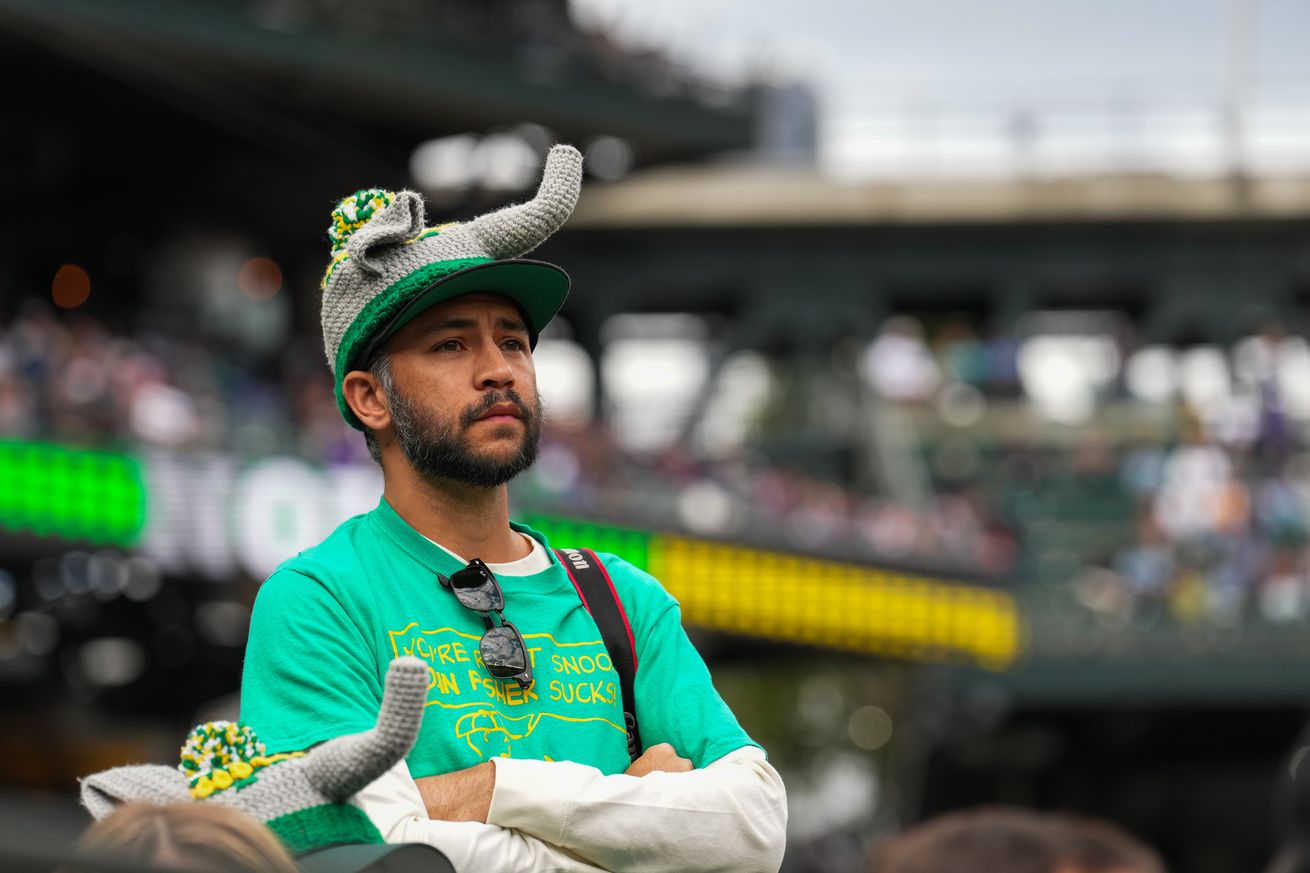
With no dome and a renewed commitment to eschew artificial turf (please eschew carefully), the future temporary home of the A’s will now feature players who are free range and grass fed!
Earlier this week it was announced that Sutter Health Park will remain grassified (which, like a happy cow, is “grass fed with two eyes”). This didn’t so much answer a lot of questions so much as it raised some new ones…
1. What took so long?
Seriously, this was such a no-brainer that I have been weaving the point into articles and comments for months. Of course any form of artificial turf, on a field in a city whose climate exceeds 100 degrees much of the season, was going to be a disaster.
And even in the best of conditions, turf is hell on any athlete’s knees and should be a last resort, not one considered before the decision of “actually, we can make a grass field work…” Which apparently was one possible outcome, since it’s the one we ended with.
2. How it is going to work?
Speaking of “actually, we can make a grass field work…” now the grounds crew has to figure out how. The concern, which is legitimate, is that it is nigh impossible to maintain a grass field when there are not just 81 MLB games being played on it, but in between there are another 75 AAA home games and precious few days of inactivity.
Now you can argue (and I will) that the weathered grass field late in the season is still preferable to turf throughout, and you can argue (and I will) that it doesn’t figure to be any worse than the Coliseum after a couple Raiders games. But the point remains: it’s still tricky.
Adding to the complexity Oakland boasted the best grounds crew on the planet, but to the best of my knowledge Clay Wood’s group is not planning to move up I-80 to maintain Sutter Health Park. Hopefully one place the A’s, or the stadium authority, decide to invest is in a top notch grounds crew capable of handling the task of keeping the field playable over the course of 156 games in about 180 days.
3. Was cost a factor?
Everyone knows John Fisher’s first priority is saving money and that also happens to be his next 99 or so priorities. So you wonder, did it turn out turf was going to be more expensive overall than figuring out how to make a grass field work?
I honestly kind of doubt it, since installing turf is a one-time cost and maintaining a grass field is a daily expense. It’s also not entirely known, when it comes to all things SAcrAmento, what costs are the A’s, what are Sacramento’s, and what are MLB’s.
So I am going to assume that cost was not a huge factor either way and that the decision stemmed from players — A’s players and future visitors alike — screaming bloody murder (or at least bloody skinned knee).
4. MLBPA’s role
Which brings us to the next question: if the union was likely instrumental in reversing the “turf plan” — and we know they had to sign off on it and hadn’t at last check — why are they declining to comment on the decision to keep the field grassy?
Shouldn’t MLBPA be loudly trumpeting an important victory for its constituents and taking any and all due credit? This is precisely the way unions are supposed to wield their power and influence, and unlike the quest to make millionaires even more wealthy this is the type of win which plays well with the public.
MLBPA’s silence on this is baffling to me, almost (but not quite as) baffling as the initial decision to turn Sutter Health Park’s surface into a large pizza oven.
In any event, whether for the right or wrong reasons and decided by the right or wrong people, they got this one right. Just wait 12 hours and this broken clock will be right yet again!